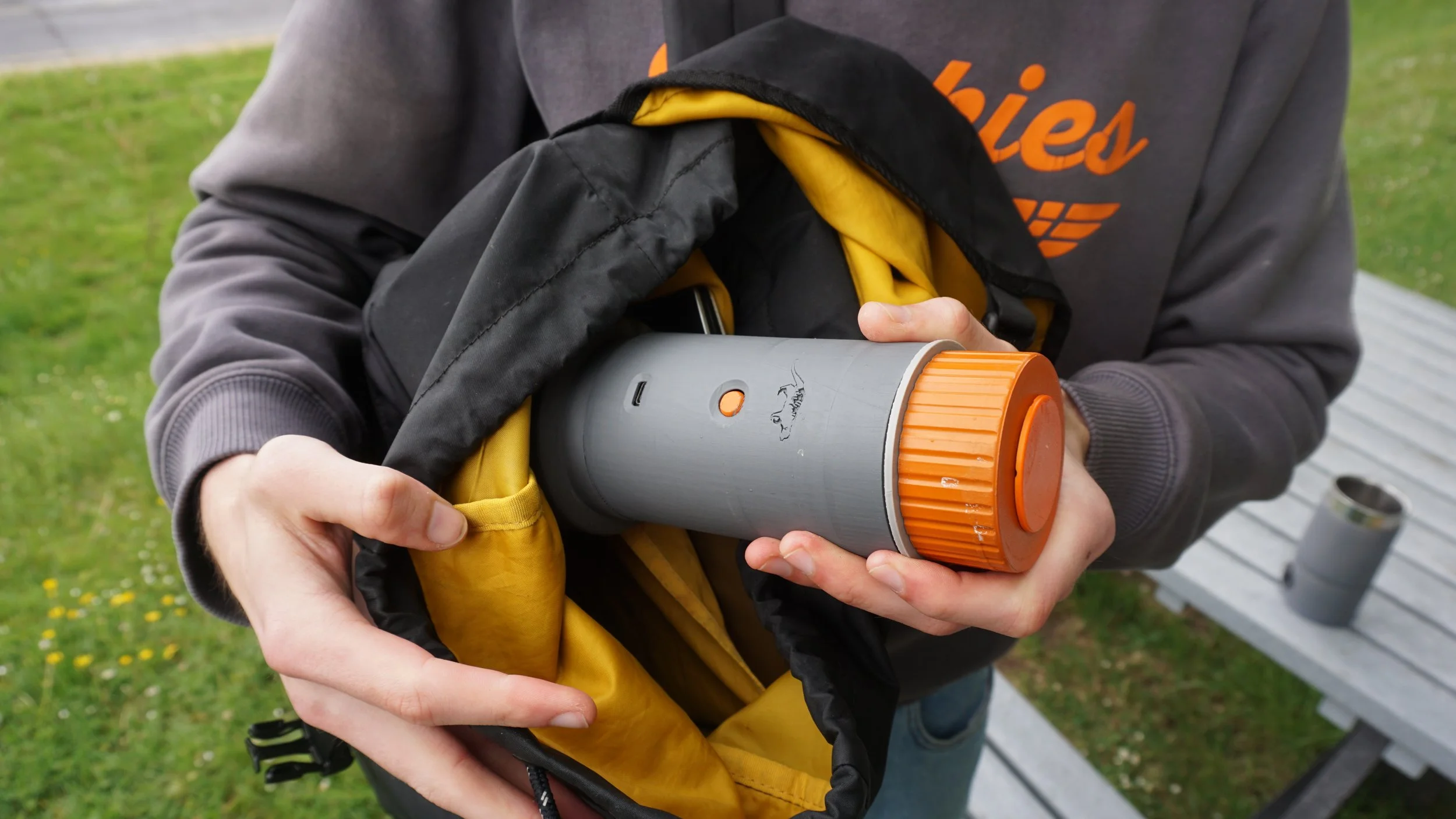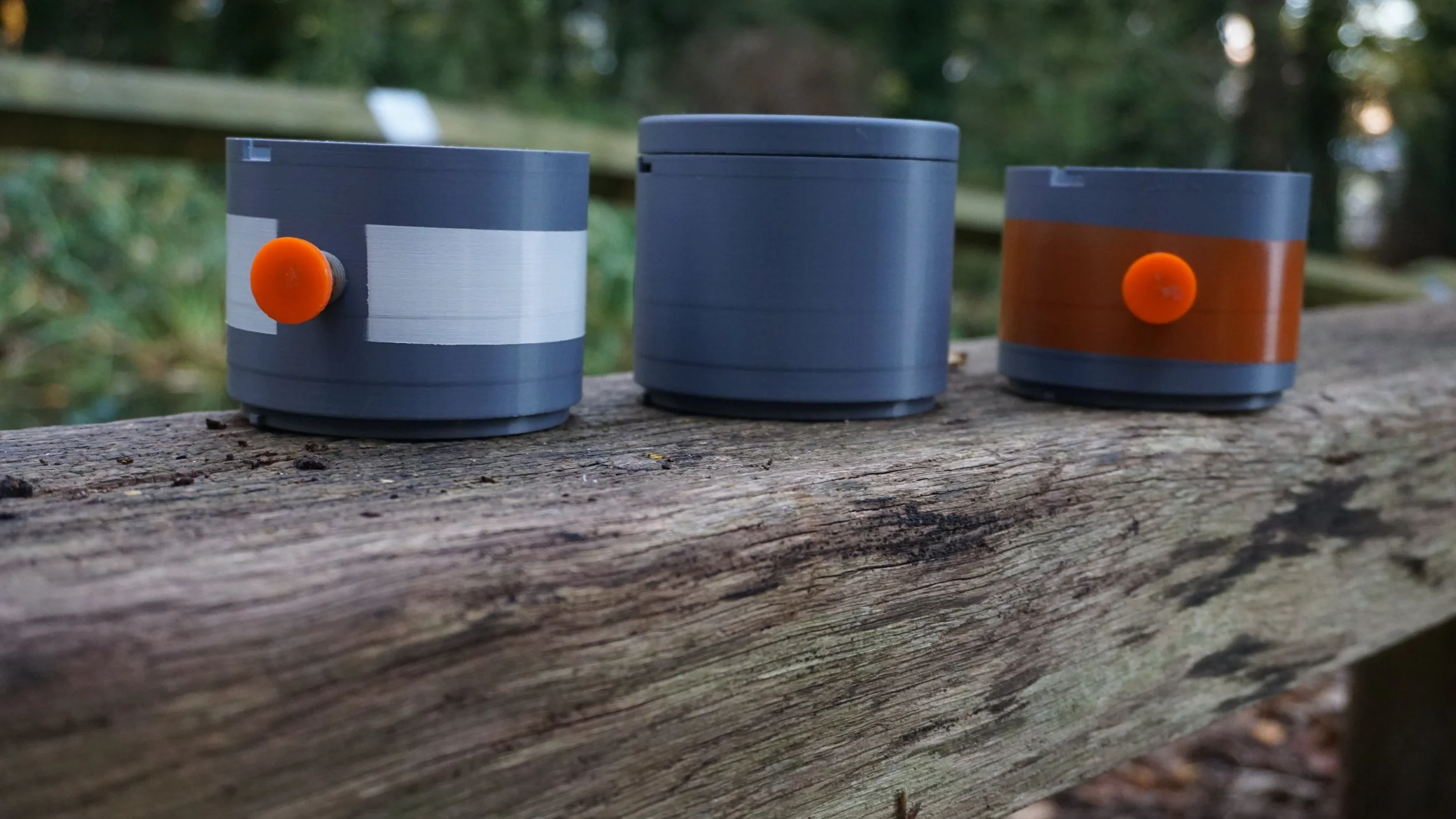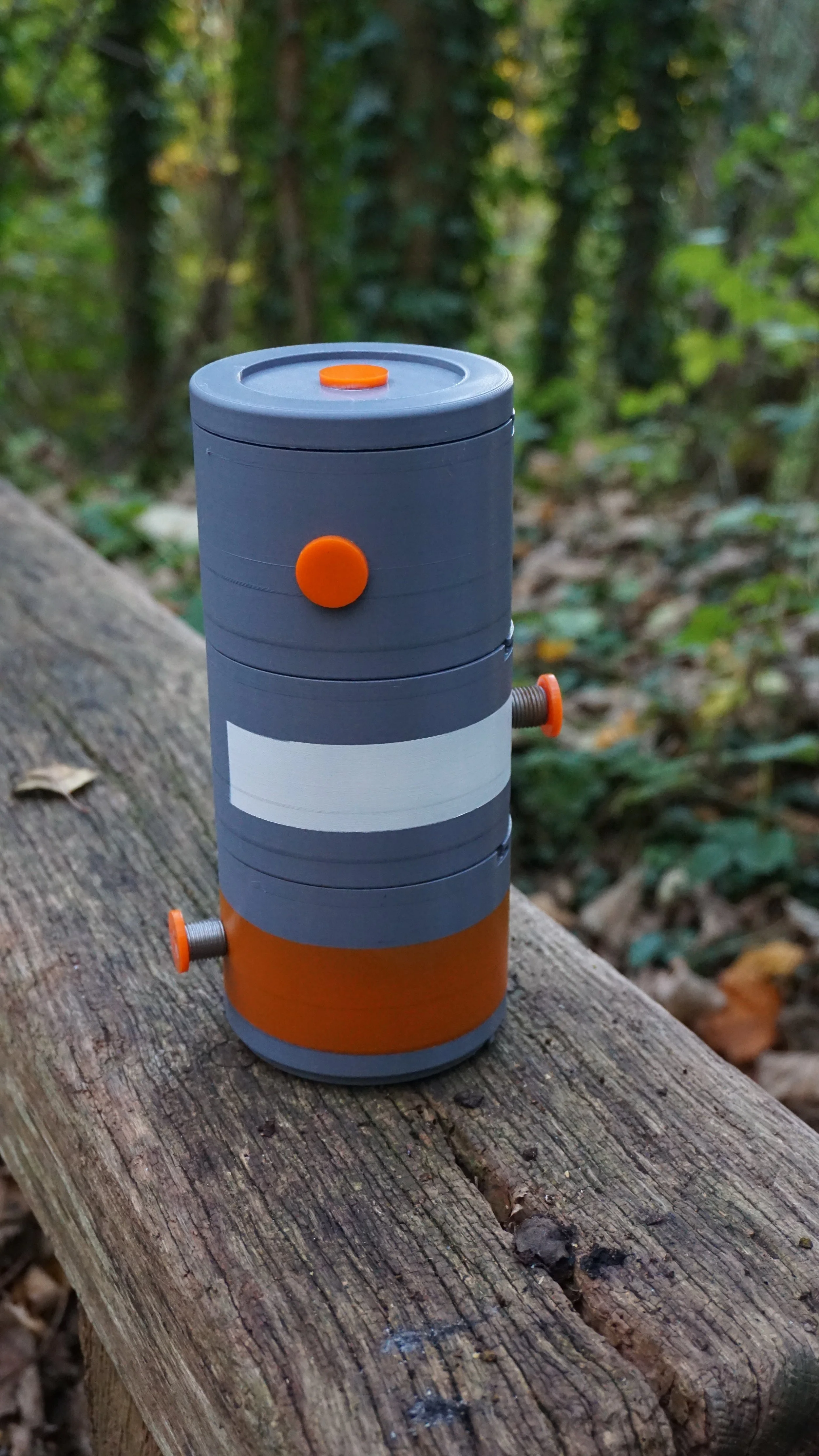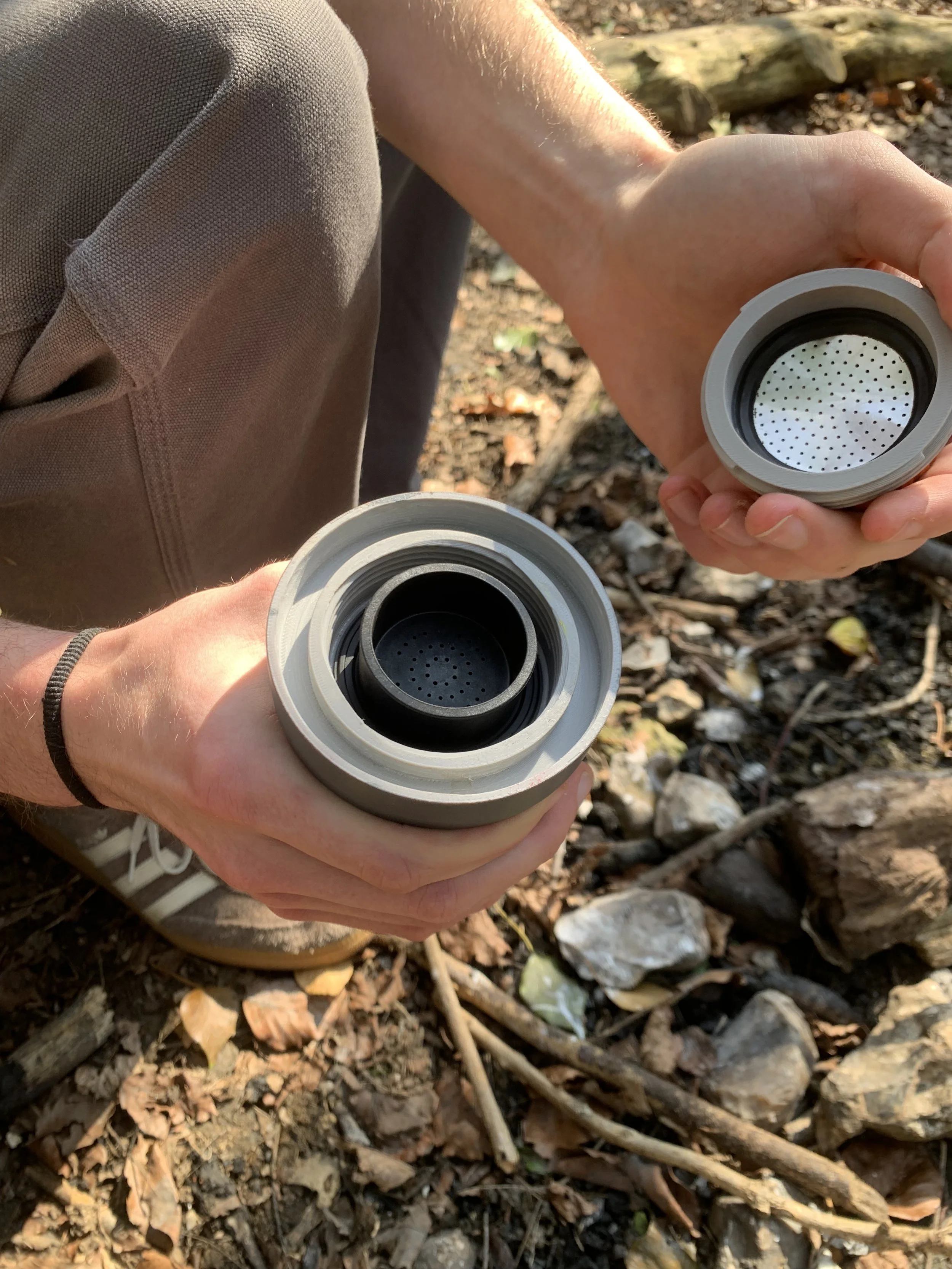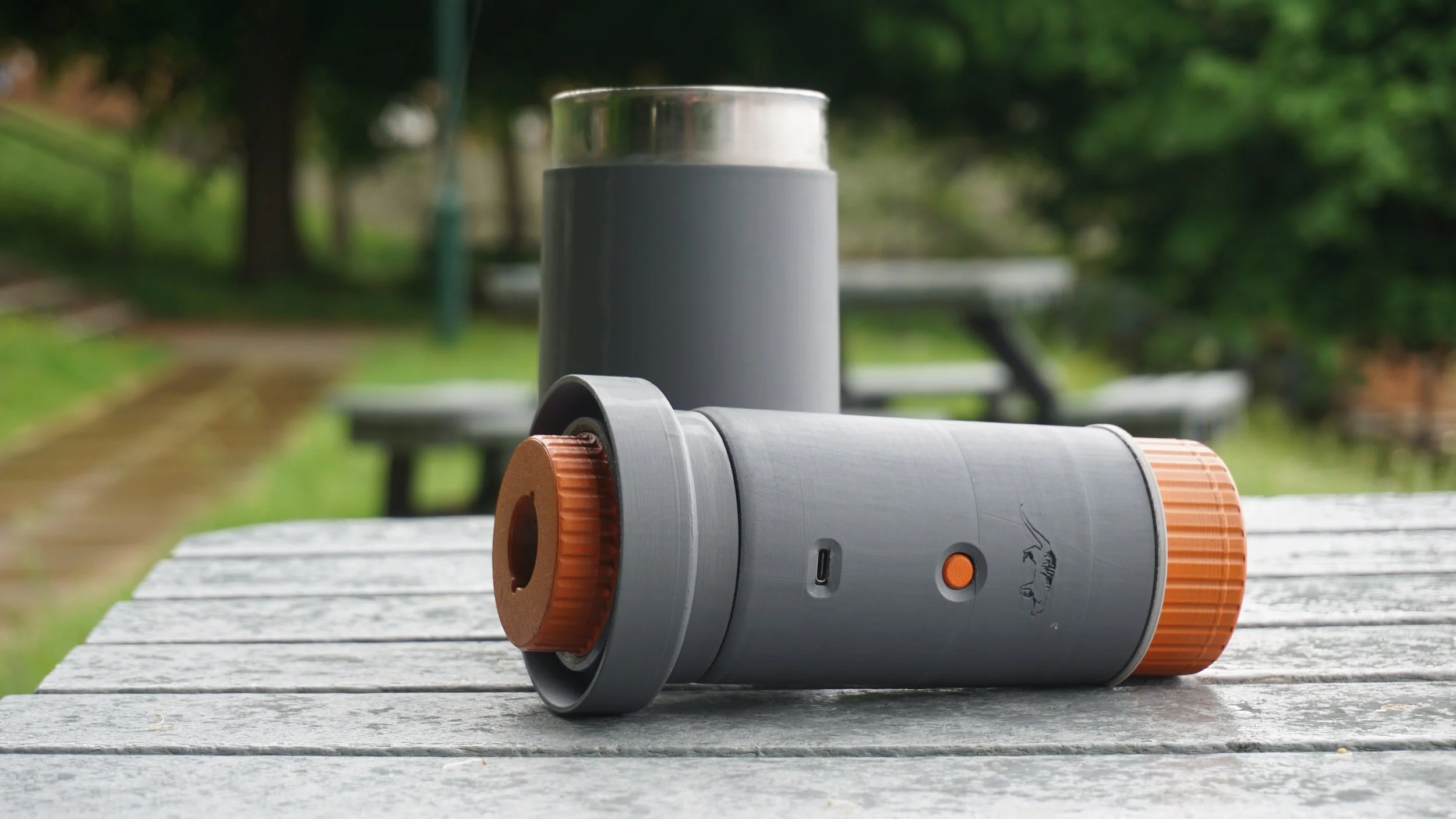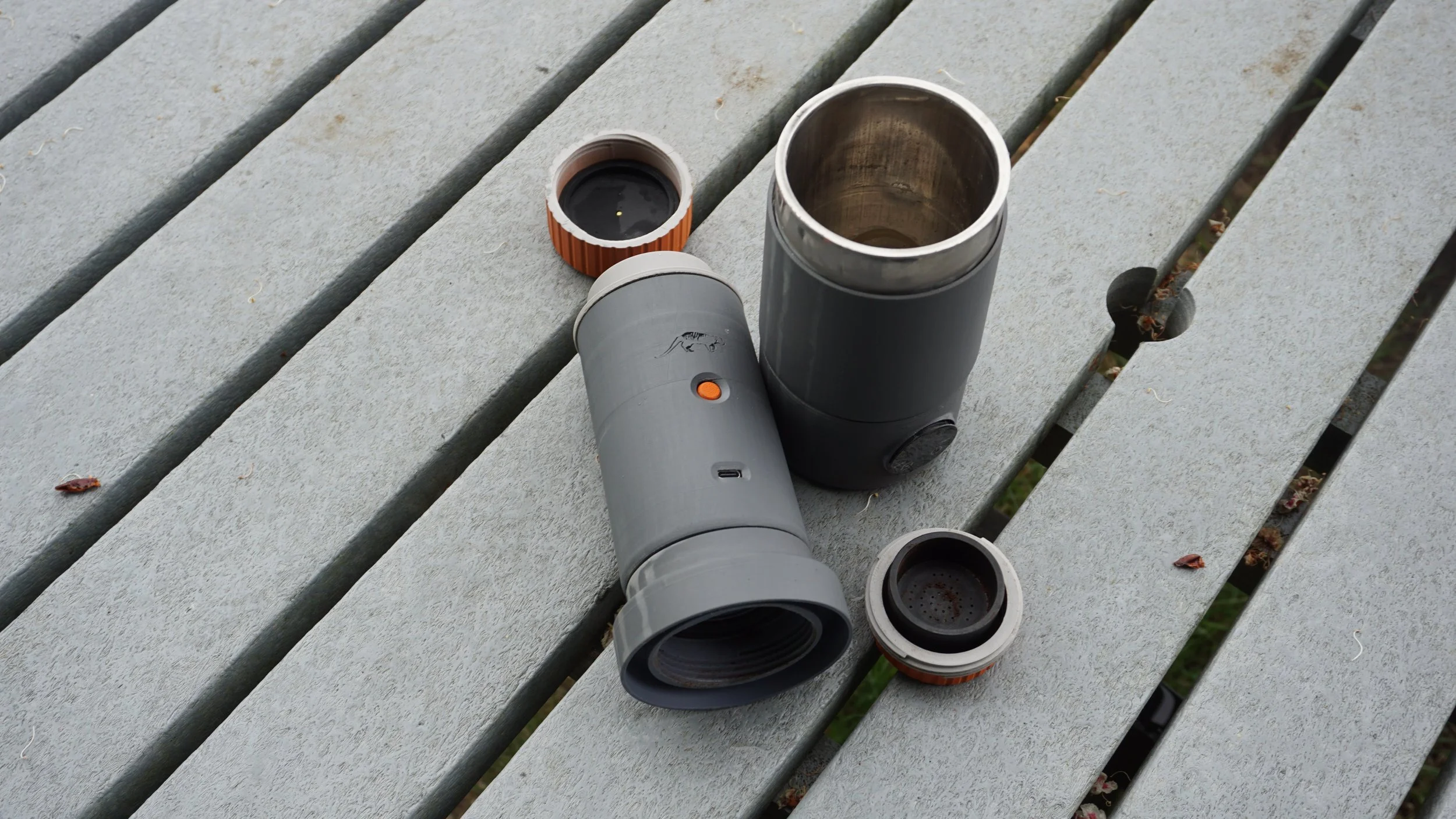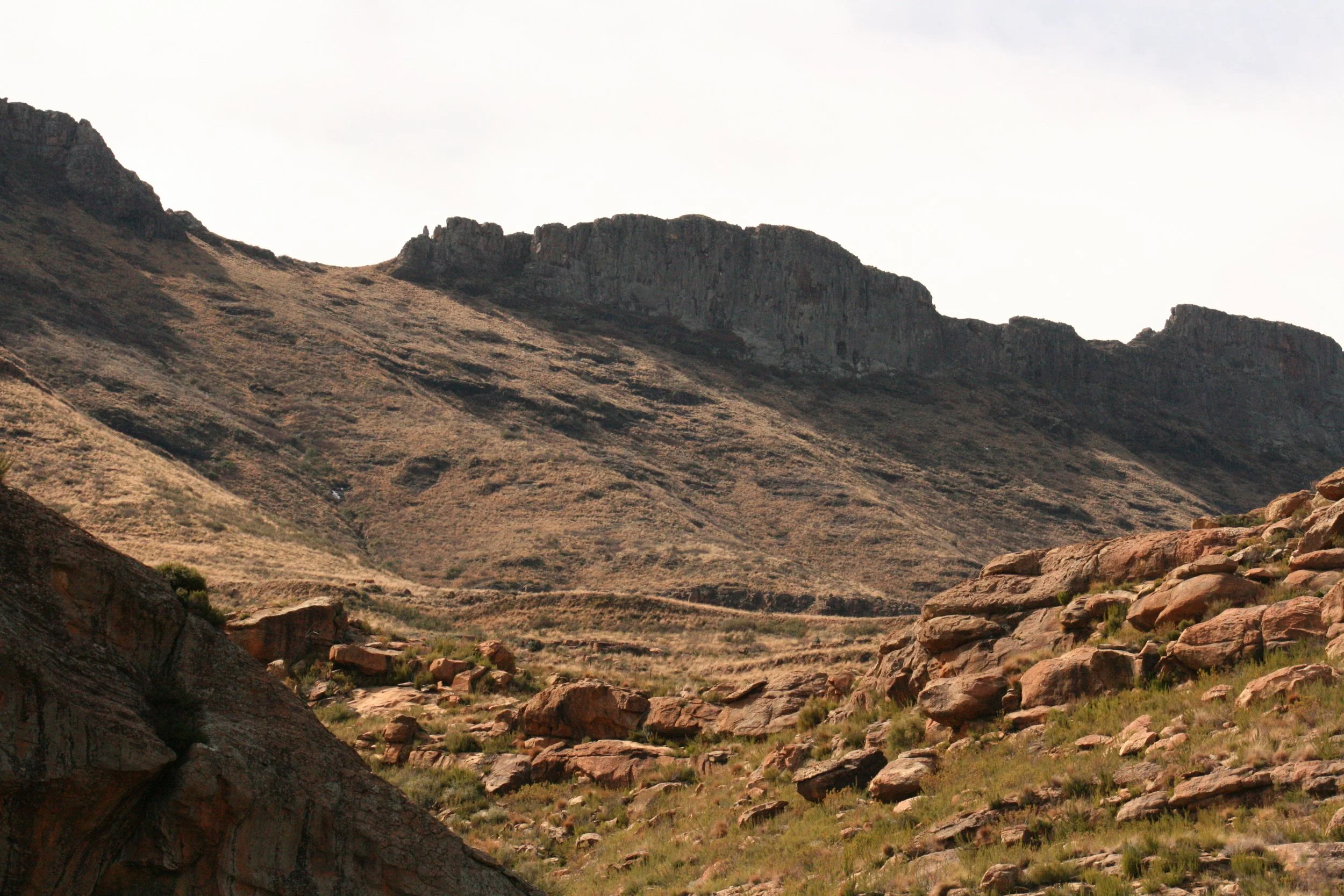
portable coffee machine
brief - Problem Statment
Outdoor enthusiasts lack a compact, all-in-one solution for barista-quality coffee. Existing options either compromise taste, lack milk frothing, or require multiple tools. No durable, easy-to-clean product offers espresso-based drinks like lattes, and cappuccinos outdoors.
A portable coffee machine is needed to deliver premium coffee conveniently in any setting.
summary of mongoose
In short, through the research and current market, the outdoor market demands
The market has grown, demanding better coffee variety at home and in the outdoors, demanding a versatile product providing a broader range of brewing options anywhere and everywhere.
Current market products either demand consumers provide multiple pieces of gear to brew coffee or only provide a portable espresso brewing method, causing compact campers to compromise on the quality of coffee outdoors. This creates a gap within the market for a more versatile product within the market.
“This aligns with rising demand for premium drinks like lattes, flat whites, and cappuccinos”
“£1,000 is spent in coffee every year by the average consumer from cafe’s ”
“An all-in-one barista experience, as compact as a flask, anywhere and everywhere.”
what is mongoose
The Mongoose is designed for outdoor enthusiasts and commuters who need a compact, all-in-one solution for barista-quality coffee on the go.
Unlike current products that compromise on taste, lack milk frothing, or require multiple tools, The Mongoose delivers espresso-based drinks—including lattes and cappuccinos—in a durable, easy-to-clean system.
Fitting the full café experience into the size of a flask, it redefines portable coffee by offering greater brewing variety and convenience, meeting the growing demand for premium, flexible coffee anywhere.
The COVID-19 pandemic sparked a major shift in how people engage with leisure, pushing millions outdoors as indoor venues and travel shut down. Camping surged in popularity, especially among Millennials and Gen Z, who now lead the movement toward tech-integrated, comfort-focused outdoor experiences.
Today, camping is not just about disconnecting—it's about reimagining outdoor life with the comforts of home, powered by modern design and technology.
outdoor research
“97% of campers bring tech outdoors, redefining camping from a tech-free escape to a connected lifestyle.”
“The outdoor gear market hit $43.89B in 2023 and is projected to grow to $62.23B by 2027 (9.12% CAGR).”
“Camping participation rose 192% (2014–2024), with over 92 million U.S. households identifying as campersby the end of 2022—nearly double the figure from 2020”
“50% of campers now prefer glamping, showing a clear trend toward luxury and comfort in nature.”
“Mental wellness (46%) and safety (50%) were top motivators for new campers, alongside a cultural emphasis on outdoor experiences for family development.”
“Outdoor gear innovation has boomed, with demand for compact, durable, tech enabled products like portable espresso makers, solar chargers, and collapsible gear.”
“Millennials (56%) and Gen Z (38%) are reshaping outdoor trends—merging adventure, sustainability, and style.”
In recent years, the coffee industry has seen a major shift—driven by rising consumer expectations for convenience, premium quality, and mobility. Portable coffee gear is booming. In 2022, a new category of heated portable espresso machines emerged, allowing users to brew coffee anywhere with just water and beans. Brands like Wacaco, once known for manual espresso makers, have now entered this space—reflecting the growing demand for convenience without compromising quality.
UK Coffee Habits & Market Stats
Millennials and Gen Z are key drivers of café culture, making up 50% of café consumers, yet they’re also leading a shift toward at-home barista experiences. As cost-of-living pressures grow, younger drinkers are investing in home coffee machines, seeking café-quality drinks at lower long-term cost. Over the past five years, coffee machine sales have risen 66%, with a focus on pod and espresso-style machines.
70% of UK drinkers still use instant coffee, but more are upgrading for a better brew. When buying machines, 30% seek café-quality drinks.
Top preferences include:
Lattes (most popular)
Espresso (32.83%)
Cappuccino (11.3%)
Americano (15.3%)
Flat White, Mocha, Macchiato, Cold Brew
“The UK coffee market is thriving, with £1.4 billion spent in cafés annually—averaging £1,000 per coffee drinker.”
“The portable coffee tech market is growing rapidly—valued at £3.3 billion in 2023, projected to reach £5.18 billion by 2029”
conclusions of research
Post-pandemic trends—like glamping and van life—have transformed the outdoor market. Consumers no longer settle for basic camping coffee. They want barista-level brews, on the go.
Portable espresso machines with built-in heating are answering this call, merging lifestyle, tech, and taste into a single, compact solution.
the MONGOOSE target market is made up of coffee lovers who travel, commute, or explore the outdoors—seeking barista-quality coffee without relying on a café.
While brands like Wacaco, Outin, and AeroPress have tapped into the portable espresso space, most limit users to just espresso.
Our research and interviews reveal a clear demand for more: people want lattes, cappuccinos, and flat whites—without juggling multiple tools. The market is shifting toward tech-integrated, all-in-one solutions that offer variety, simplicity, and true convenience on the go.
We’re entering early into an emerging trend—where premium coffee meets mobility.
interviews
One-to-one interviews were conducted to better understand our target market, validate existing research, and uncover key opportunities to improve the coffee experience for consumers.
franz esser
“ We drive to the remote parts of the south of France, camping for a month out within the wilderness, in order to wild camp, swim in remote areas, fishing and whatever else we feel like doing.. Which is why I kit my car with as much stuff as I can (shower, Fridge, Gas stove and Tent roof) to provide me as much of the home luxuries while i’m in the wild.”
“For me I can suffer with any problems, car breaking down, setting up camp and packing up; as I have setup my car to be as compact and as convenient to use, pack and unpack.”
alex loose
“Equipment needs are general needs of comfort (ability to cook and prep food, clean.) additional equipment are a portable battery pack to charge phone, aeropress, milk frother, gas stove, knife and fork, kettle, pot and extra clothes.”
“…I hate cleaning multiple pots for a meal, something that can cook, steam and fry all at once would be great and convenient.
Coffee To make good coffee you need so much stuff, (kettle, Milk Frother or Wisk, AeroPress, and a heating element, either a gas stove or fire. Which is a bit of a faff, when already mornings are rough, and you just want to start the day strong.”
“During the winter, Skiing is my favourite sport to do with the family, which we usually book a cabin to stay in. My family are big coffee drinkers, so they pretty much bring everything they need to make a flat white, which mean we bring our camping gear to make coffee abroad.”
cameron knipe
“ Coffee To make good coffee you need so much stuff, (kettle, Milk Frother or Wisk, AeroPress, and a heating element, either a gas stove or fire. Which is a bit of a faff, when already mornings are rough, and you just want to start the day strong.”
“ worst parts of the day is the mornings, its cold, wet and usually have a terrible sleep durign the night, making me so wish for a a good breakfast and coffee to get me started for the day.”
“I’m not really bothered by the bad sleep, wih it being so light, I can bring everything i need to give a warm dry night. but the packing up is maybe second problem i would like to be improve behind a good coffee and food.”
“ I need portability in my equipment as multi use to be as compact with my bag. To get as much use from my stuff.”
prototyping
At the start of the project, I explored the basic functions and aesthetics of coffee-making equipment—including both traditional and portable brewing methods. This research provided a solid foundation for understanding how coffee is brewed across different formats, from mechanical to electronic systems. By examining various techniques for heating, pressure generation, and extraction, I developed a clearer picture of what is required to produce barista-quality coffee on the go.
In addition, I conducted research into the craft of milk frothing, collaborating with a local barista store to understand the techniques and quality standards expected by consumers. This hands-on insight informed the development of sketches and visual user journeys, which were used to communicate the concept to coffee and electronics experts. These explorations helped evaluate potential brewing and frothing methods, ultimately guiding decisions on both user experience and viable manufacturing solutions for the prototype.
1st prototype of many
While the initial physical prototype was limited to just the outer casing, and others were made from cardboard, these early models were essential for understanding physical dimensions and gathering user feedback. During this phase, I also began researching compact electronics suitable for integration into a working prototype. This involved dismantling and repurposing components from household products such as kettles and coffee machines. The process gave me hands-on experience in translating ideation into physical form, bridging the gap between design and functional prototyping.
prototype development throughout
Throughout the prototyping phase, the development of a portable electronic system became the next key priority—particularly for the milk frother. Each component was designed to operate with its own separate power source, following advice from electronics specialist Aidon Carroll. Ongoing meetings with him played a crucial role in shaping the electronic layout and ensuring the feasibility of the system during development.
final prototype
From this development, a fully working prototype was delivered—featuring separate power sources for each component, capable of producing up to five drinks per charge across a range of beverage types. With a compact packed size of just 240mm, it aligns with current competitors and familiar flask dimensions that users already trust. However, unlike most alternatives, this product offers the added benefit of brewing multiple drink types—not just espresso—bringing greater variety and convenience to users on the go.
Alongside the development process, research into manufacturing and feasibility was conducted to ensure the prototype aligned with real-world production standards. Based on a projected batch of 1,000 units, the estimated unit cost is just over £160, factoring in materials, assembly, transport, and retail margin. The product has been designed specifically for injection moulding, ensuring that components are compatible with scalable manufacturing techniques and cost-efficient production.
packaging methods
To complete the product, a custom exterior casing was developed—designed for durability and portability during outdoor activities. This eliminates the need for a separate bag, offering protection from rain and rough conditions when the device is not in use. Additionally, the packaging was inspired by contemporary electronic product design, emphasizing the technical sophistication of the device while clearly presenting essential information for the user.
advertisement
An advertisement for the MONGOOSE was created to promote for social media purposes alongside traditional methods.
conclusion
The Mongoose Portable Coffee Machine successfully meets the expectations set at the beginning of the project, addressing a clear market gap for a compact, versatile coffee brewing solution designed for use anywhere.
Through this journey, I’ve taken a concept from initial sketches to a functioning prototype—something that felt nearly impossible at the outset. I entered the project with limited knowledge of electronics, but key guidance from experts like Jon Powell and Aidan Carroll provided a foundation that allowed me to develop a working system.
This experience has helped me identify my strengths within the field of product design—particularly in exploration, hands-on testing, and prototyping. These were the most fulfilling and formative stages of the project, where iterative development turned challenges into opportunities for learning.
The project has also deepened my personal interest in outdoor living and specialty coffee—so much so that I now regularly consider its real-world application in everyday scenarios.
That said, there is still room for improvement. The electronics need refining, dimensions could be further reduced, and the product's interaction design and form require further development to achieve the premium quality this concept aspires to.
Nevertheless, this project marks a significant milestone in both my design practice and personal growth.


